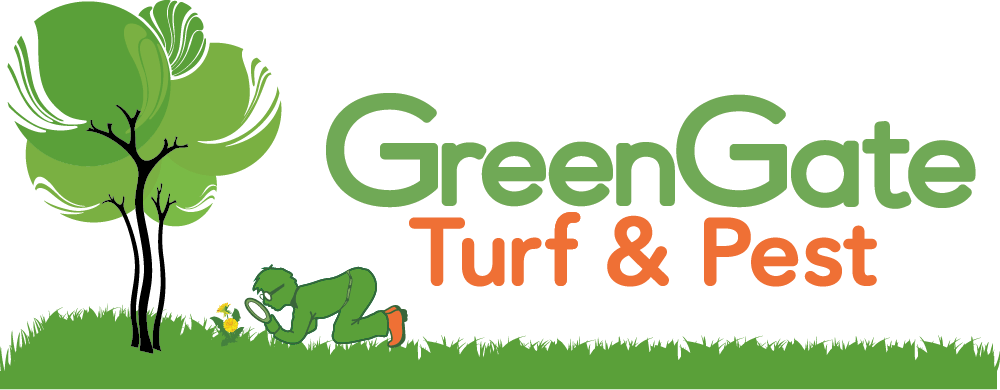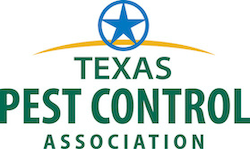Yellow Jackets
- Yellowjacket or yellow jacket is the common name in North America for predatory social wasps of the genera Vespula and Dolichovespula.
- Yellow jackets may be confused with other wasps, such as hornets and paper wasps such as Polistes dominula. A typical yellow jacket worker is about 12 mm (0.47 in) long, with alternating bands on the abdomen. Meanwhile, the queen is larger, about 19 mm (0.75 in) long, and the different patterns on their abdomens help separate various species.
- Yellow jackets have lance-like stingers with small barbs, and typically sting repeatedly. Occasionally a stinger becomes lodged and pulls free of the wasp’s body. The venom, like most bee and wasp venoms, is primarily dangerous to only those who are allergic or are stung many times.
- Yellow jackets build nests in trees, shrubs, protected places such as inside man-made structures, and in soil cavities, tree stumps, mouse burrows, etc. They build them from wood fiber they chew into a paper-like pulp.
- Yellow jackets are social hunters living in colonies containing workers, queens, and males (drones).
- Workers in the colony take over caring for the larvae, feeding them with chewed-up meat or fruit. By midsummer, the first adult workers emerge and assume the tasks of nest expansion, foraging for food, care of the queen and larvae, and colony defense.
- Yellow jacket nests usually last for only one season, then die off in winter. The nest is started by a single queen, called the “foundress”.
- In the southeastern United States, where southern yellow jacket (Vespula squamosa) nests may persist through the winter, colony sizes of this species may reach 100,000 adult wasps.
- Nests that survive multiple seasons become absolutely massive and often possess multiple egg-laying queens.
References
Wikipedia contributors. “Yellowjacket.” Wikipedia, The Free Encyclopedia. Wikipedia, The Free Encyclopedia, 18 Sep. 2022. Web. 28 Sep. 2022.







